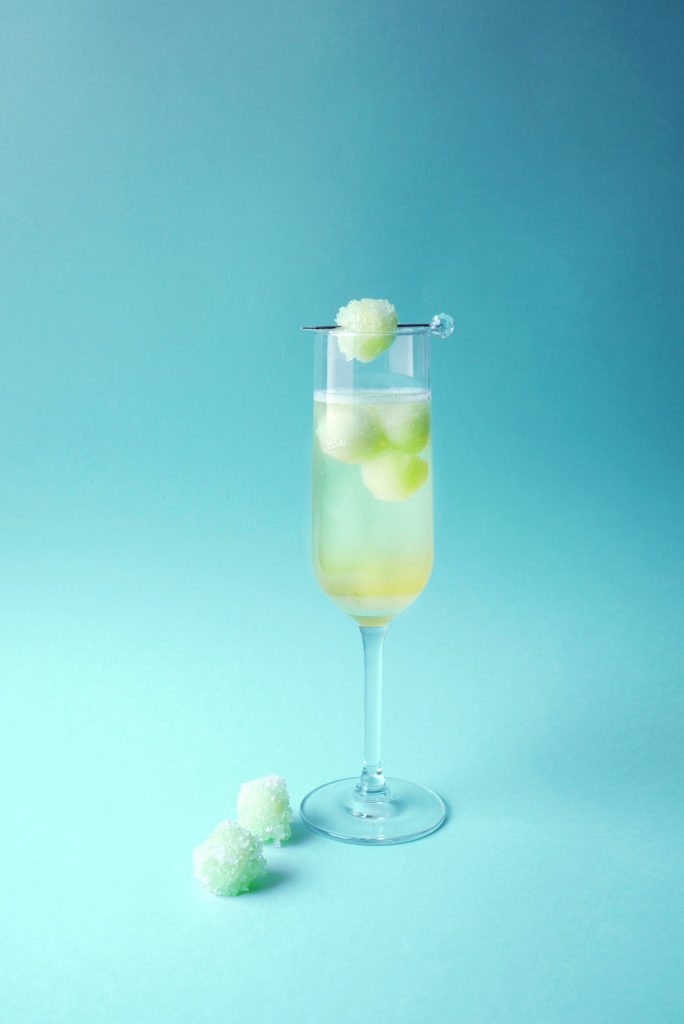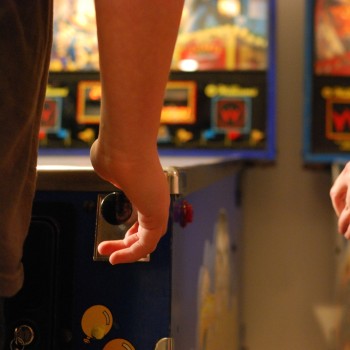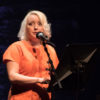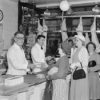In the early 1940s, New York was apparently a really safe place – beause what city officials feared most was pinball. That’s probably an overstatement, but officials did consider pinball a shady game of chance. They lumped it in with other bright, flashing gizmos you dropped coins into, like slot machines.
Cops took to raiding pinball parlors and in January, 1942, Mayor Fiorello LaGuardia straight-up banned them. Soon other big cities did, too.
Not that you couldn’t still get a pinball fix. Even cities with bans let you have a machine in your own home. And some let you install machines in your business, too, if they gave out an occasional free ball. But in New York? Pinball remained a shadowy, underground craze.
Until May, 1976, that is. That’s when a trade group called the Music & Amusement Association went to city council to get the ban overturned. To do it, they had to prove pinball was not a game of chance. So they called in a ringer: Roger Sharpe.
Sharpe had written about the game in GQ and The New York Times. He was also an awesome player. If he could call a pinball shot in advance and then make it – clearly this was a game of skill. So a pinball machine was set up in a Manhattan courtroom, Sharpe announced he’d make a shot straight up the middle lane… and he did it.
He scored the political equivalent of multi-ball. The council overturned the ban on the spot, arguably ushering in one of the golden ages of pinball. By the way: Sharpe later said that historic shot was pure luck.
The Roger

Rolled up by Peter Lederman, owner of The Fifth Estate, a bar – and vintage pinball parlor – in Brooklyn, New York. Named after Roger Sharpe, the man who played to beat the ban.
- Honeydew melon, scooped with a (pinball sized) melon baller
- Absinthe
- Granulated sugar
- 3/4 ounce Limoncello
Scoop the melon into balls and leave to soak in absinthe. Once saturated, remove from liquid and roll in the sugar to coat, creaking a sparkling appearance.
Pour Limoncello into a Champagne flute. Top with Prosecco. Drop one of the finished balls into the flute. Bounce it around while drinking until it’s time for it to go down the hole – your mouth.


